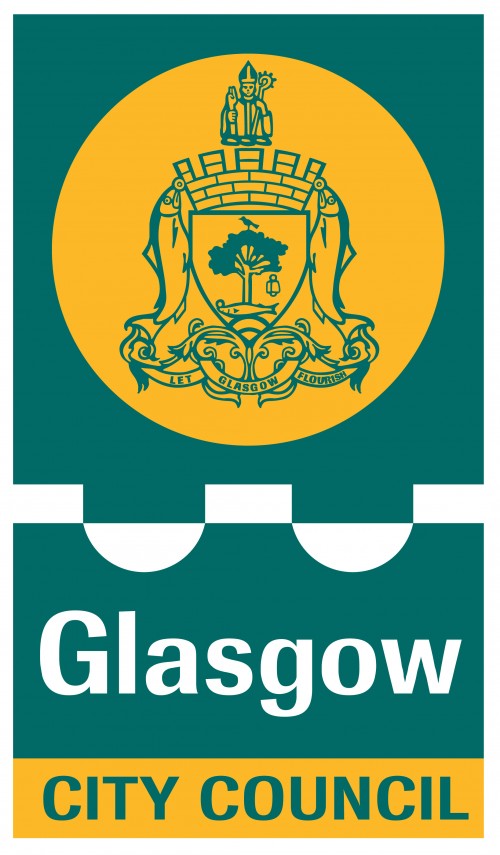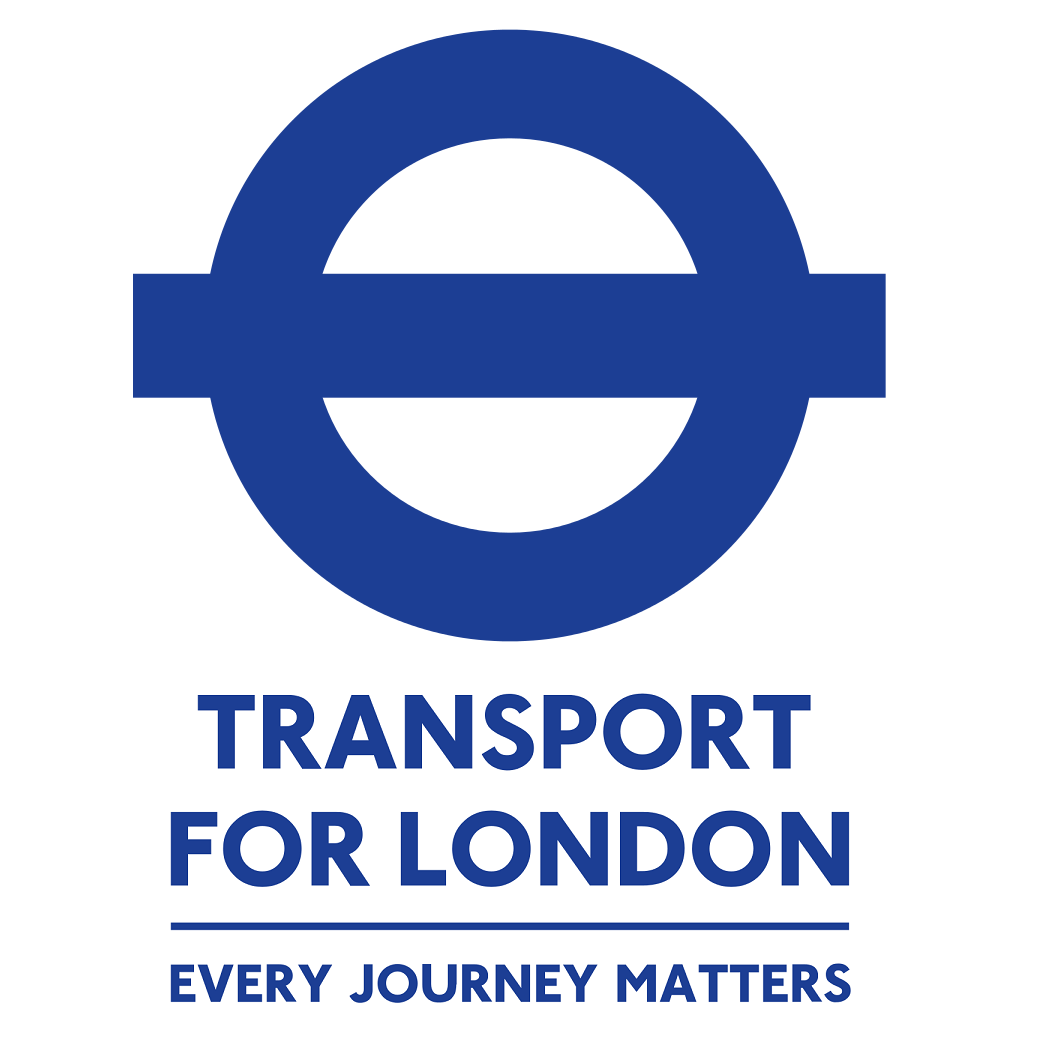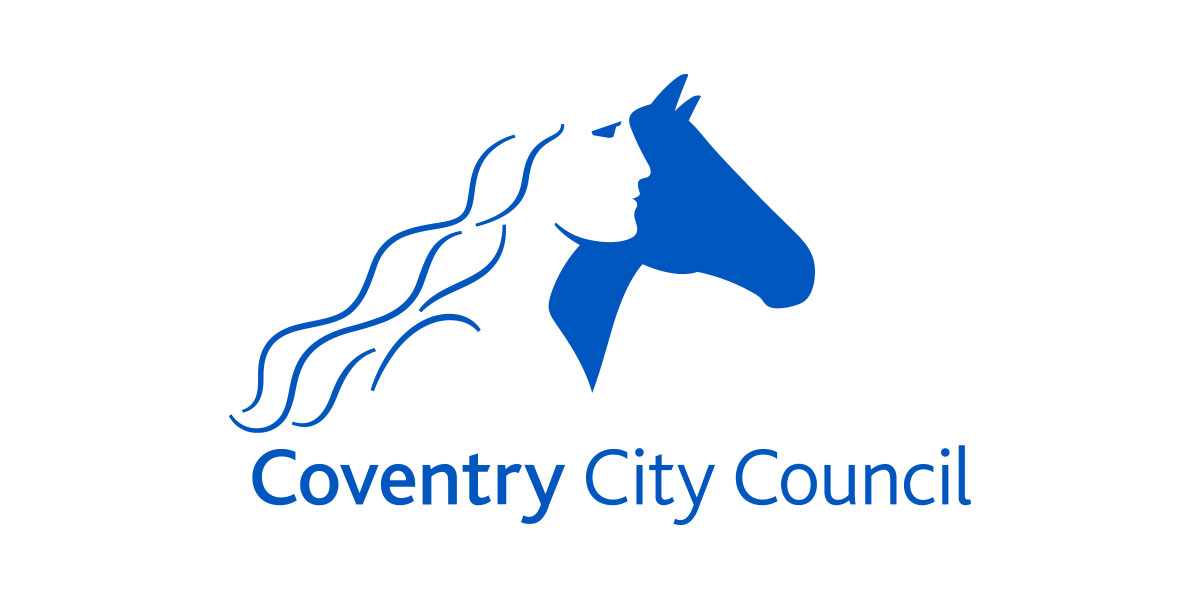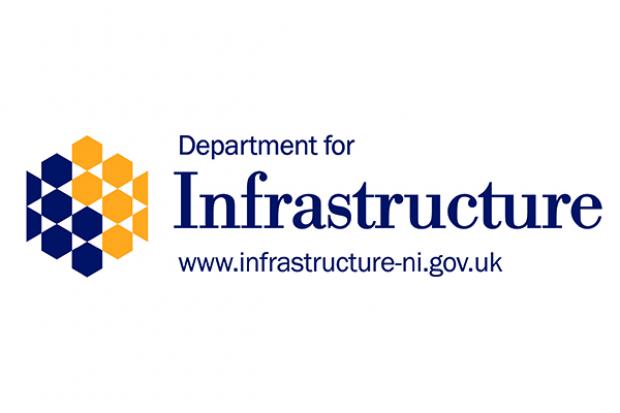Challenge Statements
Please find below the Challenge Statements provided by public sector table hosts for the Big ITS Conversation online event taking place on 16 January 2024.
For questions about any of these statements, please email contact@its-uk.org.
Challenge Statements

Glasgow City Council: How can we solve problems with new technology that were previously unsolvable? Example: How can we use technology to improve pedestrian waiting times, green man stage lengths and cycle stage lengths whilst still keeping the network moving and incorporating competing demands such as bus priority? We are now being asked for variable green man stage lengths to meet demands, how can we do this?

Transport for Greater Manchester: Meeting our escalating travel demand across various modes requires ITS solutions that embrace changing travel behaviour whilst leveraging cutting-edge technology, making better use of data, ensuring we can manage the transport network safely and efficiently.
Common challenges faced include:
- Legacy Infrastructure Integration
- Interoperability Issues
- Funding Constraints (CAPEX / OPEX)
- Public Resistance and Awareness (e.g. CAV, e-scooters)
- Maintenance and Upkeep
- Adapting to Emerging Technologies
- Managing Roadworks and Disruptions
- Environmental Considerations
- Future Mobility – impact of connected mobility and driverless vehicles on network management.
As TfGM progress with bus franchising and deployment of the Bee Network; how can we ensure we maximise the potential of data and connectivity, integrating our traffic management systems to align with the aspirations of seamless end to end journeys, considering critical operations such as QBT, Smart Ticketing and Customer Information.

Leeds City Council: Machine Learning promises significant benefits for traffic signal detection. There are already sophisticated solutions available for full junction detection but how can it be exploited to provide cheap, reliable, easy-to-configure pedestrian and cycle detection for crossings? Avoiding false positives for waiting pedestrians whilst ensuring no crossing pedestrians are missed is critical.

Transport for London: How to integrate different sources of flow data form ATC’s, ANPR cameras, Digital cameras, Lidar, traffic light detector data to provide a comprehensive real-time flow situational awareness of the road network.
A data fusion model is likely required to provide the most accurate real time flow assessment of these different modes due to the mix of sensor types operated and to maximise assets and to void additional strain on budgets. It could open the gateway to on-board telematics data and autonomous vehicles, which in the first instance will only be a sample of the whole population of vehicles, until universal adoption of the new technology.

Warwickshire County Council: Provide smarter “method of control” at standalone traffic signal junctions that uses AI technology to improve traffic signal control efficiently for all road users by reducing the waiting times at signals, which in turn reduces journey times and cuts pollution; they also have the capability of prioritising different modes of travel during various times of the day.
It’s about delivering outcomes and not implementing new technology, therefore key objectives: –
(i) improving network management for all road users
(ii) improving road safety and
(iii) reduce environmental impact, to achieve these objectives you need the right tools i.e., technology that delivers these objectives.
Data – Plug and play functionality; capturing, saving and sharing the data in an open format; with the ability to make changes at a specific junction via cloud base operating systems in real time.

East West Rail: Disability affects around 14 million people in the UK, ranging from visible disabilities to less visible, such as autism, anxiety, and dementia. Inclusion, of course, reaches far beyond disability; into gender, race, ethnicity, age, and much more. For disability specifically, a 2022 Disabled Persons Transport Advisory Committee report found that only around 50% of stations incorporate full or ‘reasonable’ step-free access between street and platforms to new-build standards. However, inclusion reaches far beyond this physical aspect; in technology and intelligent systems, wayfinding, real-time information, ticketing, digital accessibility, lighting, and design opportunities all factor into the need for greater inclusion in transport. How do we achieve this wider inclusion in challenging industries such as rail, bus, micromobility and beyond?

Coventry City Council: Are we as local authority ready for the immerging new modes of transport such as Micro Mobility, Urban Air Mobility, Connected, Automatous Vehicles, etc?

Transport for West Midlands: Birmingham has been chosen as the preferred location of the ITS World Congress 2027. We are interested in views on what ITS technologies and services you think are worth exhibiting, demonstrating and talking about at that congress having a particular focus on what will the key topics in 2027 not today.

The Bus Centre of Excellence: The Bus Centre of Excellence has been established by DfT to ensure support the Bus Sector access and share best practice. Our remit covers all aspects of the modern industry, we provide training, webinars, case studies and guidance on all things bus related including decarbonisation, transport planning, congestion management, bus priority, open bus data, passenger behaviour as well as improving EDI and addressing recruitment issues. If you have any fantastic case studies or innovations that can make the life of bus operators and local authorities easier, or would like us to run a specific themed event, please talk to us!

The Department for Infrastructure (DfI): DfI Roads is the sole Roads Authority in Northern Ireland. The Traffic Information and Control Centre controls the motorway network, trafficwatchni.com, the Urban Traffic Control System, IP Transmissions, Safer Routes to Schools signs, Traffic Signal maintenance and Traffic Signal supplies contracts for Northern Ireland.
Due to the historical funding deficient in Northern Ireland, a significant amount of ITS infrastructure on our network is becoming obsolete. Our main challenge is how we deploy new equipment in a phased approach to ensure continued communication with legacy equipment. Our current priority is to implement IP to the roadside and upgrade our existing Emergency Roadside Telephones (ERTs), alongside the implementation of a new motorway control system. We are also keen to explore the opportunities that C-ITS and above ground detection systems could offer as part of our major upgrade projects.

Innovate UK Bridge AI: AI is recognized as one of the seven technology families of UK strength as well as a technology that will likely transform our world in the future and aid recovery from the COVID-19 pandemic induced economic shock. The BridgeAI investment is crucial in delivering the UK government’s National AI Strategy, specifically Pillar 2, where the importance to ensure AI benefits across all sectors and regions of the UK economy is highlighted. With the potential to increase UK GDP by up to 22%, AI technologies are key. Innovate UK BridgeAI stimulates the adoption of AI in priority sectors, creating new opportunities for businesses, jobs and economic growth while driving increased productivity.

Connected Places Catapult: Connected Places Catapult is the UK’s Innovation accelerator for cities, transport and place leadership. Connected Places Catapult provides ‘innovation as a service’ for public bodies, businesses, and infrastructure providers to catalyse step-change improvements in the way people live, work and travel; it connects businesses and public sector leaders to cutting-edge research to spark innovation and grow new markets.
Francesca Caramelle-Ngoma is an innovation cluster programme manager at Connected Places Catapult, currently leading the development of the freight innovation cluster, as part of DFT’s Freight Innovation Fund Programme. The purpose of the programme is to drive change in freight and logistics, fostering collaborative innovation and research.